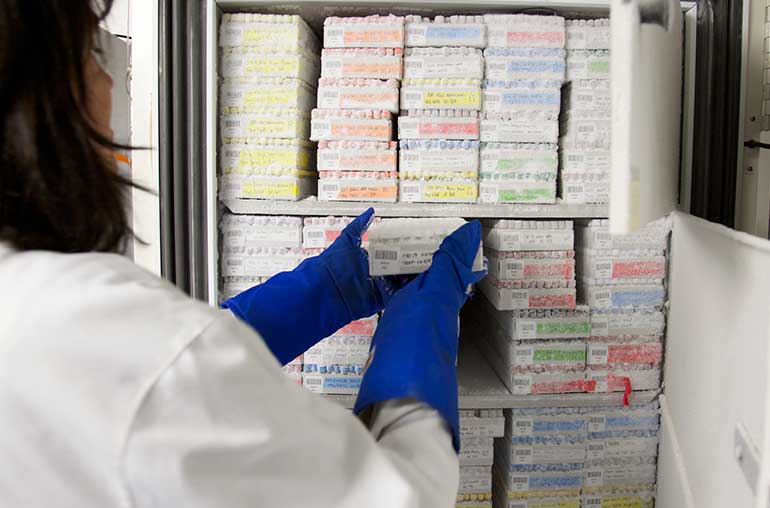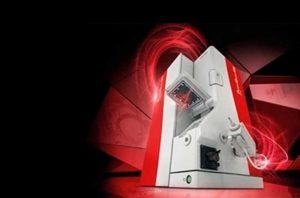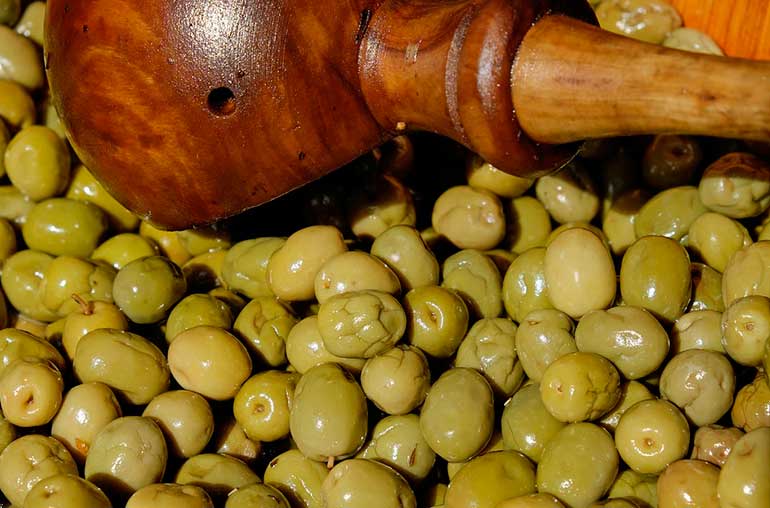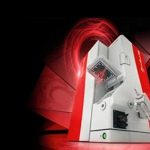Tissue engineering of cartilage
The main goal of tissue engineering is to create artificial constructs that could repair or simply replace lost or damaged tissue. Common tissue engineering strategies involve the extraction of cells from a small biopsy of tissue for in vitro expansion. This culture can be carried out in a three dimensional (3D) scaffold that allows and induces the formation of new tissue after implantation. Furthermore, the in vitro creation of an efficient construct can be improved by applying certain stimuli that can elicit specific responses to the cells.
One of thetissues whose regeneration raises more interest is cartilage. Articular cartilage is a specialized form of hyaline cartilage that covers the articulating ends of bones and serves as a wear-resistant, friction-reducing surface that evenly distributes forces onto the bone. Since chondrocytes do not sustain a healing response, injuries to the articular surface generally remain permanent. This poor intrinsic healing capacity has been described for centuries, and continues to be a problem today. Tissue engineering may be a solution to assist the healing process.
However, tissue engineers face major challenges in repairing or replacing tissues that serve a predominantly biomechanical function. For example, musculoskeletal, cardiovascular and dental systems are accustomed to being mechanically challenged, and thus tissue-engineered constructs used to replace these tissues after injury or disease must certainly do the same. This requires that each construct satisfies critical requirements in terms of structure, composition and mechanical properties before implantation. In vitro mechanical stimulation of cell-matrix implants is used for this purpose.
Peculiarities of cartilage culture
3D cell culture poses specific problems that are hard to face with conventional techniques and equipment. Long-term 3D cultures typically end with poor results when performed under static conditions. Thus, one critical aspect is to obtain adequate distributions of nutrients and oxygen across the whole volume of the sample. Adding to the challenge is the fact that the quirements involved in tissue engineering experiments do vary significantly among applications. In terms of automation, this results in the demand for very versatile equipments with a modular rchitecture, that permits to work with multiple samples in parallel in a number of different applications. Further issues concern the automation and standardization of important processes such as cell seeding or the application of mechanical stimulation.
For more information, don´t hesitate to contact with us.





